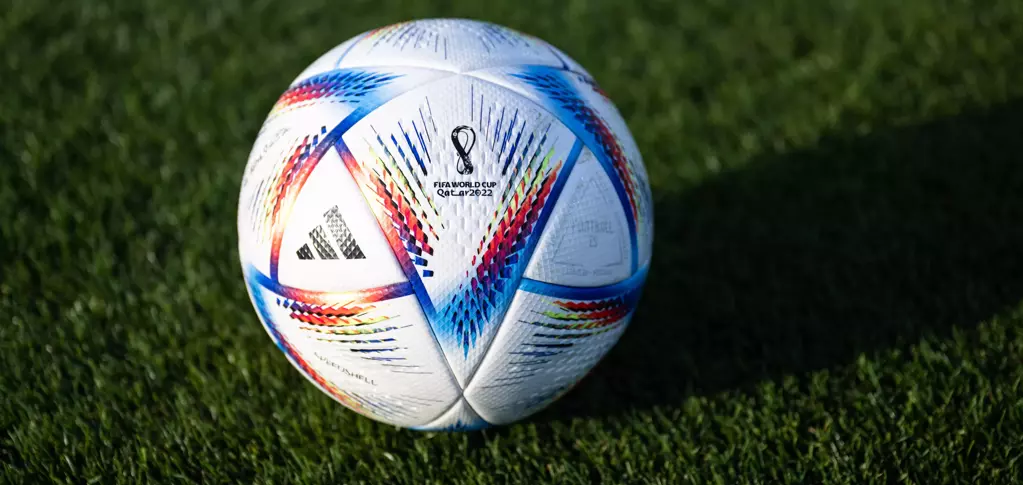By Trevor Wabwire
Football has evolved over time to accommodate technology and make the game more interesting. Previously, the referee was the sole official of the game. However, the most recent game innovations include goal line technology, video assistant referee (VAR), and semi-automated offside technology linked to VAR.
The most notable innovation in the first winter world cup was a football ball embedded with a lot of technology. This technology was exercised in the game where Portugal faced Uruguay.
Fernandes curled in a cross from the left side to find Ronaldo inside the box in the 54th minute of the game. The captain of Portugal leaped high to make contact as the ball flew into the net, putting the 2016 Euro Cup winners ahead.
Although he did not do his trademark “SIUU” style, Ronaldo celebrated his goal, only to find that the giant screen reflected Fernandes’ name. The goal would have made Ronaldo the joint highest goal-scorer in World Cup history for Portugal, but he was denied.
Though Portugal won the match, with Fernandes scoring a brace to ensure Portugal’s place in the Round of 16, there was some debate on Twitter and among veterans about whether the goal was Ronaldo’s. Adidas, on the other hand, confirmed on Tuesday that Ronaldo did indeed score that goal. Eve
According to the Daily Mail, Adidas released a statement saying: “In the match between Portugal and Uruguay, using the Connected Ball Technology housed in adidas’s Al Rihla Official Match Ball, we are able to definitively show no contact on the ball from Cristiano Ronaldo for the opening goal in the game.”
“No external force on the ball could be measured, as shown by the lack of a “heartbeat” in our measurements and in the attached graphic.”
“The 500 Hz IMU sensor inside the ball allows us to be highly accurate in our analysis.”
Any time the ball is kicked, headed, thrown, or even so much as tapped, the system picks it up at 500 frames per second. Data is sent in real time from sensors to a local positioning system (LPS), which involves a setup of network antennas installed around the playing field that take in and store the data for immediate use.
When a ball flies out of bounds during the course of play and a new ball is thrown or kicked in to replace it, KINEXON’s backend system automatically switches to the new ball’s data input without the need for human intervention.


